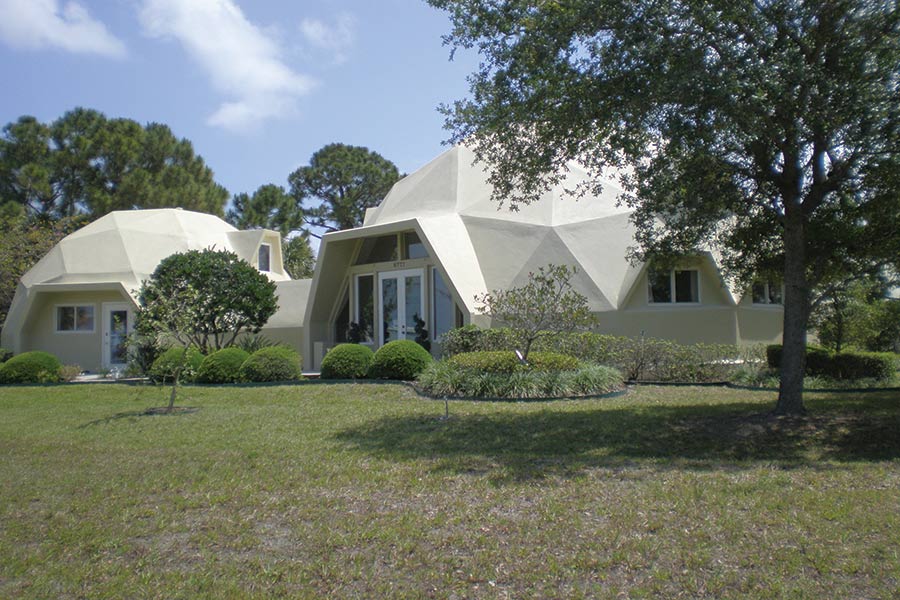Building your dream home

We are empty nesters and have decided to build our dream home. What are some of the most efficient home construction methods? Severe weather is a concern in our town, so options that offer strength and ruggedness would be best.—Ian P.
Home construction methods for maximum energy efficiency have come a long way from simply adding fiberglass or foam insulation between the studs in a conventionally built home with wood framing. No matter which construction method you choose for your new home, do remember that the roofing materials and placement of windows and doors will also affect energy efficiency. As for sturdiness amid severe weather, building methods must be combined with layout and design options for best results.
Here are some interesting choices:
Steel framing, long used for commercial buildings, offers advantages for homes, too. Steel is stronger than wood, allowing for thinner studs and wider spacing. This leaves much more room for additional insulation inside the walls. However, building experts recommend also adding rigid exterior insulation to reduce thermal bridging (the paths that heat or cold take from the outdoors to the home’s interior). One option is a structural insulated panel (SIP) system that has a thick foam core sandwiched between sheets of another material.
Concrete, straw, and dome
Instead of foam, an even sturdier option is “cast-in-place” walls made of concrete sandwiched between two layers of insulation material. When the poured-in concrete has set, the forms are left in place as part of the home’s permanent structure. Exterior and interior finishing choices can give you a house that looks conventional—or quite trendy.
Using straw to build a house today is nothing like The Three Little Pigs story. In this modern version, the straw stays in bales that are stacked and bolted to a concrete foundation with vertical threaded rods. Properly compressed straw bales are fire-resistant when the exterior is covered with concrete or stucco, and an appropriate finish material for the interior side. A straw bale house can look like a conventionally framed house, but will have thick openings at the windows and doors.
Another efficient, strong home choice is a geodesic dome design like the house shown in the photo above. Built with thick foam panels coated with sprayed-on concrete, the rounded exterior allows high storm winds to flow smoothly over the house without damage.
What it costs to save
There’s more to the math of energy-efficient home construction than comparing the R-value (a measure of insulating ability) of building materials and methods. Ask your builder for specific dollars and cents estimates about how much lower your energy bills will be. Ask your homeowner’s insurance company how unconventional construction methods will affect your annual premiums. Also ask your mortgage lender about special interest rates. And be sure to contact your local electric co-op for efficient energy use and other advice.
James Dulley for the June 2015 issue

